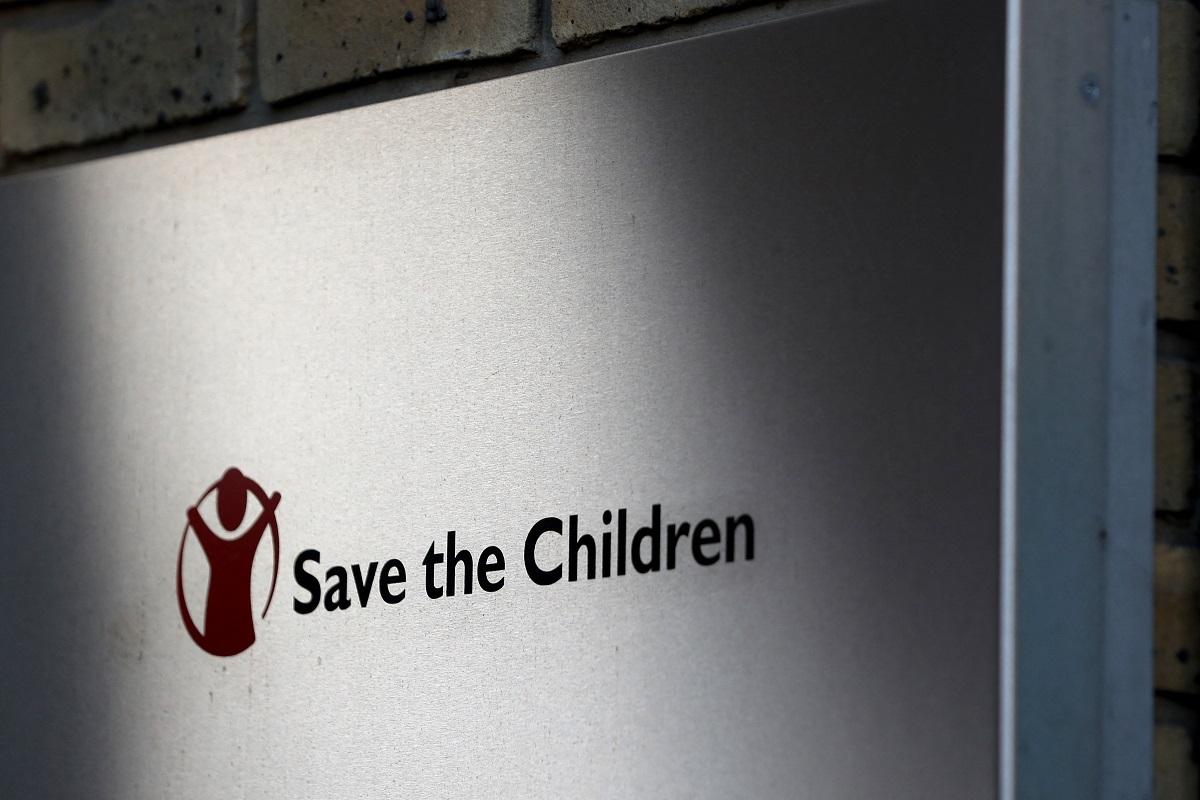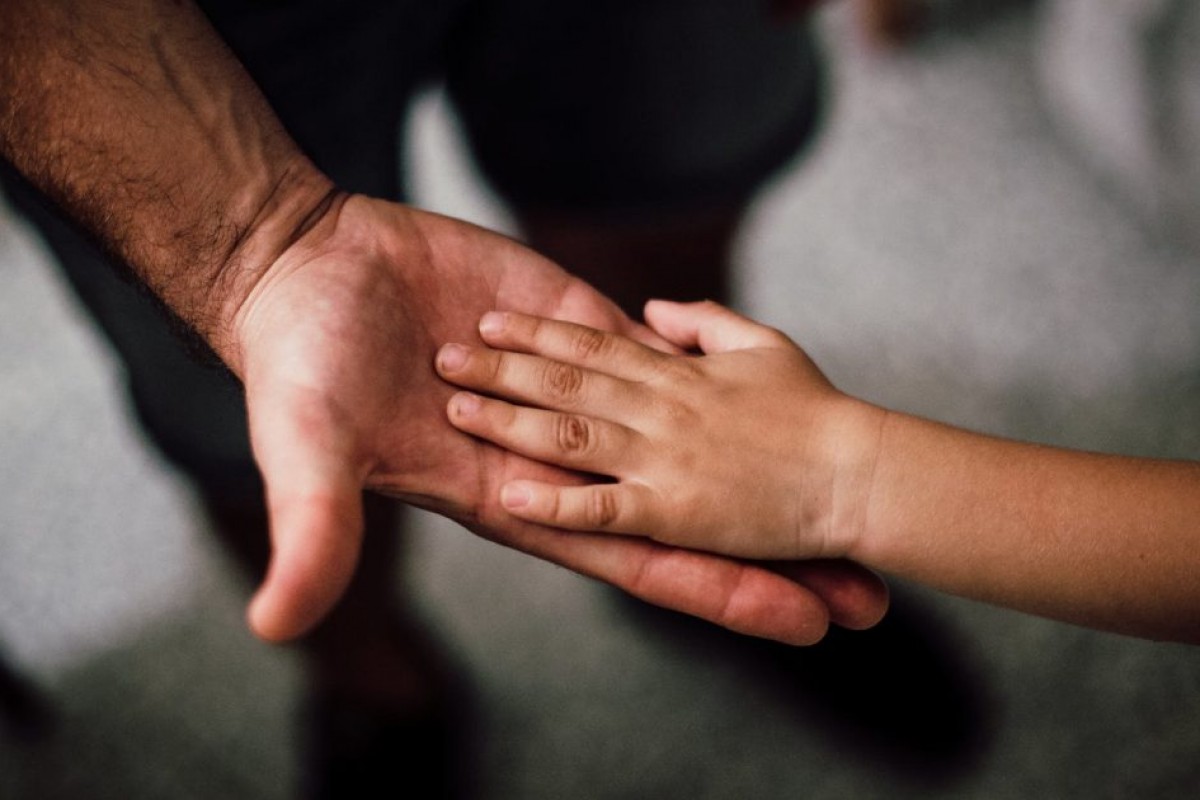(Photo courtesy: mamh.org)
Suicide is a serious issue that affects people of all ages, but it is particularly devastating when it occurs in children and young people.
In recent years, the number of suicides has increased at an alarming rate, leading many to question why this is happening and what can be done to prevent it.
Relatively, suicides among young learners continue to be a serious problem as it is the fourth leading cause of death for children, adolescents, and young adults age 15-to-19-year-olds globally, with suicide rates having been increasing even before the pandemic.
Here in the Philippines, during a Senate hearing of the Committee on Basic Education on January 31, 2023, Assistant Education Secretary Dexter Galban reported that the Department of Education (DepEd) recorded a total of 404 learners who died by suicide, and 2,147 learners who have attempted suicide in the Academic Year 2021-2022.
This article will examine the reasons behind this growing epidemic and what steps are needed to help schoolchildren who may be at risk.
Reasons for the Increase in Children Suicide
There are many factors that contribute to the increase in child suicides. One of the most significant is the increased pressure on children to perform well academically and in extracurricular activities.
This pressure can be overwhelming, and it can lead children to feel like they are never good enough. Furthermore, social media has made it easier for children to compare themselves to others, which can also contribute to feelings of inadequacy and low self-esteem.
Another factor that contributes to the increase in child suicides is bullying. Children who are bullied are at a higher risk of depression, anxiety, and other mental health issues, which can lead to thoughts of suicide.
In addition, bullying can make children feel isolated and helpless, making it difficult for them to reach out for help.
Finally, the lack of access to mental health resources and support can also be a contributing factor to the increase in child suicides. Children who are struggling with mental health issues may not have access to the help they need, leaving them feeling hopeless and alone.

How to Help Learners Who are at Risk
It is essential to take child suicides seriously and to take steps to prevent it from happening.
For Save the Children Philippines, children from all backgrounds and identities have the right to mental health. All children deserve to live and learn in a safe and nurturing environment that will allow them to develop their social and emotional skills, increase their space for play and interaction with peers, and provide them access to high quality mental health care and psychosocial support services.
“Now more than ever, the inequalities experienced by our learners -that were exposed and exacerbated by the COVID-19 pandemic- should be put to an immediate end. Filipino learners should not face stressors and challenges alone. We have to be there for and with them in these trying times, and respond to their issues effectively to build back better for and with children,” Save the Children Philippines said.
The group said mental health services should be strengthened to support children with special protection needs such as children with disabilities, indigenous children, children in alternative care, children in street situations, children affected by disasters, climate change, and armed conflict, children in conflict with the law, and other children victims of violence.
“We have to break the stigma and tear down the environment of shame that have cloaked generations of children in silence and prevented them from enjoying their right to live in a safe and healthy environment,” Save the Children Philippines CEO Atty. Alberto Mayor said.
“We can save millions of children affected if we raise awareness and deepen the conversation on mental health; make information, programs, and services readily available; strengthen the capacity of children, parents, duty bearers, and the community to respond and address children’s mental health issues, and reinforce multi-sectoral collaboration to strictly ensure and monitor the full implementation of related laws and policies,” Muyot added.
Parents and guardians, for their part, can help by paying attention to warning signs and seeking help if they are concerned about a child's well-being.
Warning signs of suicide in children can include changes in behavior, such as withdrawing from friends and activities, a sudden decrease in grades, and changes in eating or sleeping habits.
Another way to help children who may be at risk is to encourage them to talk about their feelings and to provide them with a safe and supportive environment. This can include letting them know that it's okay to talk about difficult emotions and that they are loved and supported, no matter what.
In addition, it is crucial to educate children about mental health and suicide and to encourage them to seek help if they are struggling. This can include teaching children about the signs of depression and other mental health issues, and providing them with resources, such as a school guidance counselor, a helpline, or a mental health clinic.
Finally, it is essential to work together as a community to provide children with the support and resources they need. This can include advocating for better access to mental health resources, working with schools to create a supportive environment for students, and raising awareness about the importance of mental health.
Child suicides are a growing epidemic that must be addressed urgently. While there is no single solution to this problem, it is important to take steps to prevent it from happening, including paying attention to warning signs, providing a supportive environment for children, educating them about mental health, and working together as a community to provide the resources and support they need. With the right support and resources, we can help children overcome their struggles and lead happy and fulfilling lives.
“Let us invest in children’s mental health and well-being by creating a better world that will positively transform their lives and the future we share,” Muyot concluded. (PIA-NCR)



